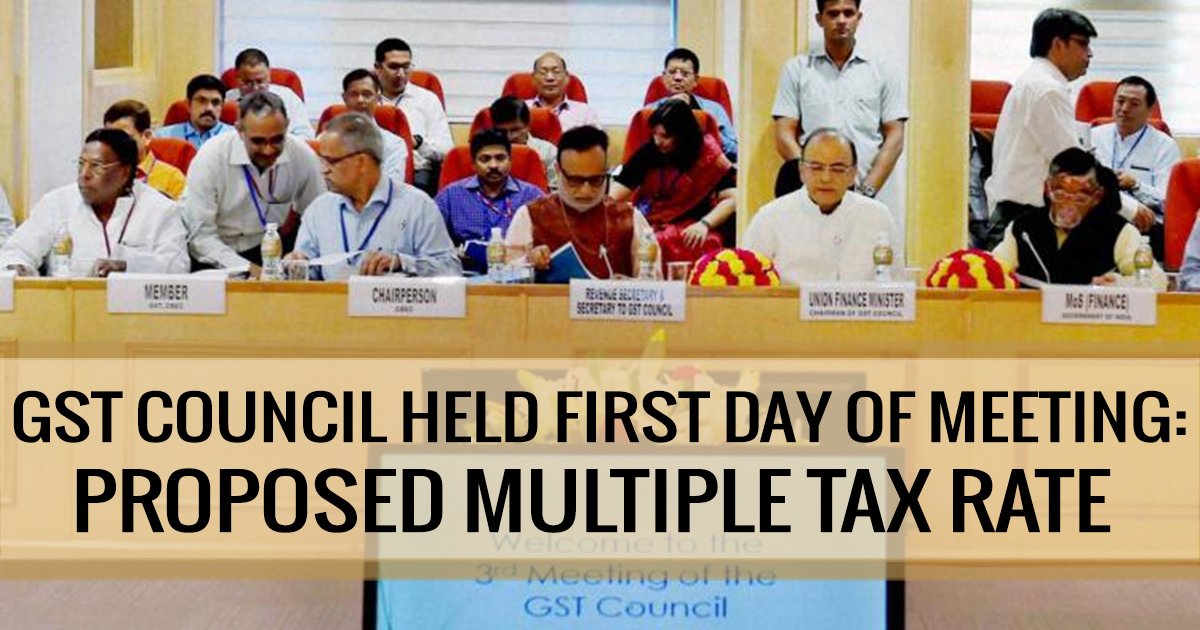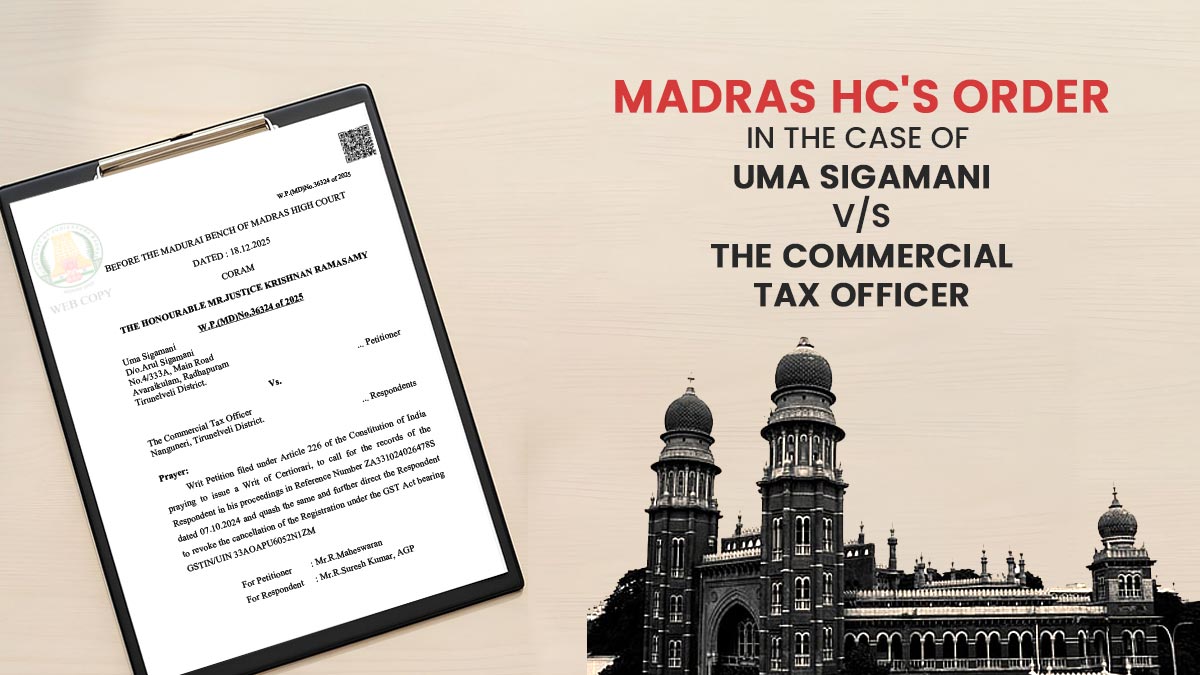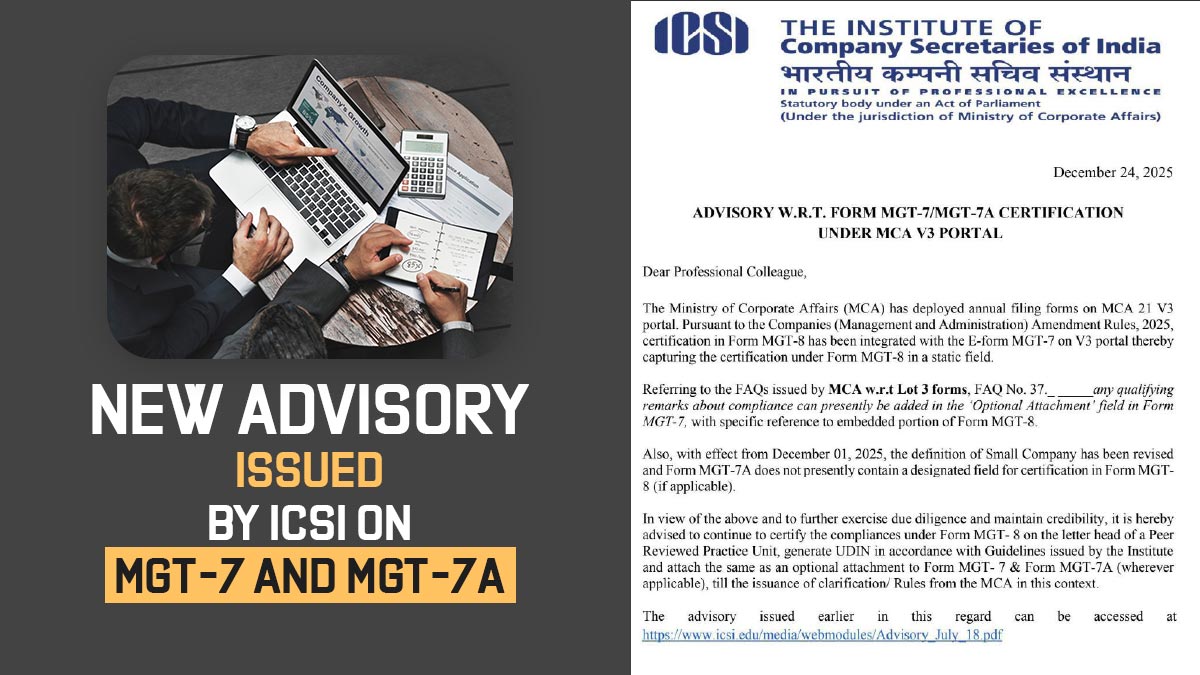
Finally, government has cleared off some clouds over the blur issue of taxation rate. The tentative rates were being generalized after the first-day meeting of the GST council headed by Finance minister Arun Jaitley. The rate of taxation has been running under the row and would be improvised soon.
As per the latest sources, the GST council and authorities engaged has given a four rate structure to the tax. It will comprise of two standard rates of 18 percent and 12 percent. While the necessity products including food will be rated at 6 percent, the ultra luxury products, and white goods will be charged at higher 26 percent and about the Gold, it will be taxed at 4 percent.
The strategy of compensating the revenue loss of the states has also been determined with the higher tax rates and additional cess which will be levied on luxury and polluting products which will help in earning 50 thousand crores extra revenue and ultimately redirecting to the aching states.
Read Also: Goods and Services Tax (GST) Slab Rates in India
Finance Minister Arun Jaitley said that “The objective is that the rate structure should not lead to any further retail inflation. The Centre and the States should have adequate revenue and it should also put the least possible burden on the taxpayer.”
“The issue of cross empowerment of the Centre and State tax officials on the existing 11 lakh service tax assessees will be taken up after a decision on rates”. “The Council reached a consensus that compensation to States for any revenue loss would be limited to the taxes subsumed under GST. Input tax credit given for intra-state transfers would be included in the definition of revenue”. he added.
Recommended: GST Forms: Return Filing, Rule, Registration, Challan, Refund, Invoice
The meeting will be continued for a three days tenure in which all the aspects of taxation and the rates applicable will be discussed thoroughly. A senior official from the ministry has given a logic of slab rates to make sufficient tax availability to the states which run into loss while on the other side to avoid over running of current taxation rates.









